Here are some more photos of what I've been working on. Some of these are for my brother and my sister-in-law, and some are for inventory purposes. I have had a few snippets of time to work on schoolwork, although not as much as I would like. Here is what I've been working on.
0 Comments
Day 21 took place over a number of days, as I've been sick with a nasty cold recently and haven't always had the energy I needed to do all my work. But I chipped away at it and this is the result. The information I am presenting is not in the order that I did it, but rather the order I can keep it all straight in my head. My warm-up was to "listen to what nature was telling me". The book even suggested that I consult a book about nature omens. Now, I don't actually believe that there is a such thing as a nature omen, so I had to make of it what I would. It did occur to me that I don't spend a lot of time just observing nature and appreciating it. The book suggested that I do a visual journal entry about it, but I didn't even know where to begin, so I decided to go out with my camera. I figure that photography can be a kind of a journal, and I am eager to improve my photography. So I went for a walk with my camera and took pictures of nature changing for fall. I particularly liked the red red leaves and the squirrels that were so happy with their acorns. I watched a fantastic podcast about the Jawaja leather workers of India. They were doing a presentation via Skype, with a translator. Theirs was a very inspiring story. Thirty years ago, they were so low-caste that they weren't allowed to draw water from most of the wells. The traditional way of leather working in India is to scavenge for dead cows, as you're not allowed to kill a cow. So this was a despised profession. The leather workers were very poor. Their elders decided to ban the scavenging of dead cows and work on shoes (feet are kind of taboo in India) in order to raise their status. This had the unintended effect of making it even more difficult financially for the leather workers, as they had to buy processed leather, and couldn't sell as much. Eventually, they decided that they had had enough and began to work with design schools and craft councils. They helped develop products that could be marketed overseas. They began to sell to Maiwa and made enough money that they could eat twice a day (they were eating once every two days before that) and own houses. Since the presentation, customers have been so interested in the leather work that they have had to carry extra stock. Their bags and purses are very popular and they always have a large selection on their website. I was very happy to hear about the improvement of their lives and I hope they become even more prosperous. Their social standing in the village has also improved and now they are allowed to draw from all the wells.
I have been working on a drawing of crumpled paper. This is going to take me a few days., I think. It requires a lot of concentration and patience. So far, I think it looks like cloth, but we will see how it looks when I am finished. I will post pictures as I have them. I watched more podcasts on the Art of Photography. The first one I watched was about scanning negatives, and it reminded me of my first full-time job as a digital scanner. It was a good refresher, and I learned about adjusting the histogram more finely than I did at work to improve detail in the photo. The next one I watched was on dynamic range, which is the range of values in a photo. Ideally there should be a wide range of values in order to show the most detail, unless you are doing high contrast on purpose. You can adjust the values in the computer to improve the range. The next one I watched was pretty cool, on tethered shooting. This is where you set up your camera to load pictures directly onto the computer so you can tell if they are exactly as you want them (it can be hard to tell on that little screen). That way you can adjust your settings to tweak the photo. This technique is used especially for catalogue photos. The final one that I watched was on time-lapse photography. It's very interesting because you have to set your camera up to take these photos at set intervals and then not touch it. You can't adjust the lighting levels or anything or it will look strange. There are programs that you can get for your computer that will play the time-lapse and you can make a little video. In my design book, I reviewed the chapters on shape and texture. In surface design, I am proud to say that I have my bolt of cloth! I have spent the last couple of days preparing the cloth and have cut the pieces for the order for my brother. I have also been working on dyeing some other pieces that I was experimenting on, and I am washing out those pieces now. It doesn't sound like I've done a lot but preparing an entire bolt of cloth takes a long time! Well, I'm feeling pretty sick today, so I'm taking a day off. However, I did stuff yesterday so here's my report. I started out with a podcast. It was by an artist who talked about her commissions. I am doing mostly commissions these days, so I was interested in what she had to say. She sort of built her own fiber art education, since she had studied ceramics in her undergrad and didn't have time to go back and study fibers. She did this by working in a theater costume department. She specializes in wearable art that can be worn by everyday people, not just displayed in a museum. She liked working on commission because she enjoyed the challenge of trying to meet her clients' needs while still being creative. In some cases she has even used a different medium, if fiber wouldn't be suitable. That's something I have to work on: I can do what I can do but if someone asks for something at all outside of that, I get befuddled and am unable to do it. She also had an interesting payment structure, where she collected the payment in thirds: one for the initial materials, one mid-project, and one on completion. I am not sure why you would need the mid-project collection but she said that it was what worked best for her. She also talked about how temperamental her indigo was: you have to harvest and use it at the right time or it won't work at all. One year she missed harvesting it before the frost, and the frost turned all her plants blue. She said it was stunningly beautiful and didn't seem at all disappointed that her crop was lost! Next, I did a warm-up. (Crazy, podcast before the warm-up!) The assignment was to research cultural symbols of a culture that spoke to you. I have been interested in (obsessed with) Indian culture since I was about 14 years old. Now, admittedly, most of this obsession has revolved around food. I went through my Bollywood phase and my wanting-to-wear-a-sari phase and my Ravi Shankar phase and even courted the idea of becoming Hindu for a while, but those were all things I passed through. Food has been the constant, especially vegetarian food (I am beginning to branch out into meat now). So there were actually a number of symbols that I didn't know about, or at least didn't know the importance of. I got my information here. My favorite symbols were the Deepam (a little butter lamp used for worship), the coconut, and the lotus. The Deepam is said to remove impurities, the coconut to bring prosperity, and the lotus, among other things, represents detachment (I believe that's in the Buddhist sense). I reviewed line in my design book. I looked at measure, type, direction, location, character, as well as line and shape, line and value, texture, color, spacial characteristics, and representation and expression. Learn more about line here and here. Finally, I did a drawing of a little woven box that I got some spices in. I didn't get a chance to do surface design yesterday, because the glue resist I had applied wasn't dry yet. If I can rustle up the energy to do it today, I will, but so far things aren't looking so good. I also have received a deposit to go purchase supplies for my next commission, but I think I'm too sick today to go out and get it! Hopefully I will feel better tomorrow and I can hop to it.
Today, I started with a warm-up to research an artist's life. The artist suggested was Frida Kahlo, which suited me fine. I'm not a Frida Kahlo fanatic, but I do like her work. Anyway, I discovered that the movie pretty much told it like it was. There were a few things in there that I didn't believe, like that she had an affair with Trotsky. Well, at least according to Wikipedia (how academically rigorous, I know) it's all true. She really was bisexual and her husband, Diego Rivera, really did have an affair with her sister. She wore long skirts because she had polio when she was a child and it deformed one of her legs. The bus accident she experienced as a teenager caused her pain throughout her life and she was frequently bedridden because of it. She became an artist after the accident (she was self-taught) and painted until her death, at age 47. I listened to the next part of the roundtable discussion that I have been listening to lately. It was a response to audience questions, and there wasn't too much pertaining to fiber art, but more to do with traveling. They had some real horror stories about some of their travels! But there were a few important nuggets to learn, such as that unprocessed fiber isn't allowed through customs in the United States (good to know, in case I visit some sheep farms) and that there are in the world warehouses full of exquisite embroidered and woven textiles that get cut up for use in patchwork that is sold to westerners. Also, there was a plea for people to buy fewer clothes and make sure the clothes that they do buy are fair trade and, if cotton, organic, and made of natural fibers, because there is such waste in the world of textiles. This jives with my own thoughts about how people treat clothing. Some people throw clothing out. Did you know it can be reused, even if it's not wearable anymore? Old clothes are used for rags, new garments, patchwork, quilting, and rugmaking. Often clothing can be saved with a patch or some darning or a good stain remover. So think about that next time you are tempted to throw clothing away! I drew a vase. Not much to say about it. My drawing was a little better than last time. I wonder how much of that is because of the practice of the last one and how much it was because my ceramic was matte instead of shiny. My vase sides are getting more even. Those of you who do not draw or paint, you don't know how difficult it is to get even sides on vases and bottles. Even arches are difficult. Usually they come out lopsided. This one is considerably less lopsided than my usual vase drawings, so I am happy about that. Yesterday, I washed out all my cloths. I discovered a new technique to getting the dye out without bending over it for an hour: let it soak in several changes of hot water, for about half an hour or so at a time. It worked wonderfully and I was a lot less cranky than I usually am with the process. Today I ironed them and added a glue resist to most of them. I am working on a sample for my brother and sister-in-law as well as some bookmarks. I prepared some more bookmarks for dyeing, but I didn't have enough to bother with making up some dye today. You have to use all the dye in the same session that you make it, or it won't work, so it's not worth it unless you are actually going to use it all. I would only need about a quarter of a recipe, which is too fiddly to bother with. When the resists are dry on the rest of them I will dye them all together. I also designed this stamp to block print with. I modeled it on an oak leaf.
I am back in Portland for the time being, so I have access to all my stuff here. It's really nice to be around my supplies and my husband again. I had a grueling time getting back--what was supposed to be an eight hour trip (by land) became 15 1/2 hours. I spent the next couple of days recovering from that. But I am back in the swing of things now. We have decided that I will spend half my working day in study, and half in production and business. I am also happy to announce that I have made my first large sum of money! This was on the commission I had told you about earlier, for my friend Melanie. Here are the pictures of my work: The table runner was made with a number of steps. First, I had to wash the fabric with a special soap to get all the oils and imperfections out (it was sort of a natural beige when I started). Next, I painted the fabric with liquid dye. I let it rest a couple of days and then rinsed the excess dye out (this process usually takes me about an hour). Then, I pinned the cloth to my work surface and put a flour paste over top. I wrote words and squiggles in the paste with a skewer. I let that dry for a few days and squished the hardened surface to make it crackle. I then applied a thickened dark purple dye over top with a brush, really working the dye into the cracks. After another couple of days I soaked it in warm water to remove the flour paste, and then washed it to remove the excess dye. I had to do this flour paste and dye step four times because my work surface was only so big. Next I carved out a bird stamp with safety cut lino, and used that to print the birds with textile paint. After that dried and 24 hours had passed, I heat set it with an iron. Then I sewed the white stitching on with my sewing machine and a free-motion darning foot. It took me quite a while because I spent as much time unjamming my machine as I did sewing! Then I pulled and pulled on the fabric to straighten it out (it bunched a bit when I embroidered it) and ironed it to make it flatter. Finally, I sewed all the edges so they wouldn't fray. And that, my friends, is what goes into my work! Today I started with a little warm-up. It was very similar to a warm up I had done before, in which I thought about my artistic "DNA" and why I was attracted to surface design in particular. I'm still not sure I can explain--I understand why I am into fiber arts (my mother did it, her mother did it, her mother did it, etc.) but when I tried surface design, it just felt right. It felt like what I was supposed to be doing. I can't really explain it any other way. Next, I listened to two podcast. I had heard them both before. The first one was the second part of the round-table discussion I was listening to earlier. I listened to it on the train originally but I had such an awful day that I forgot it all. It was actually still difficult to remember, because people were mostly talking about what they felt like talking about rather than having an organized topic. There was some discussion on the commercialization of textile traditions, whether it be that a peasant ask for money to be photographed in her traditional costume, or from outside companies who market a traditional craft for a little while until it ceases to be trendy. They talked a bit about going to remote locations to find crafts, and the excitement and danger that could be involved. They talked about the tragedy of collectors buying up all the crafts in one area until there were none left and no one knew how to make them anymore, and how the public sometimes doesn't understand the textiles that they are viewing. One of the panelists had to sell most of her collection of textiles in an auction because she didn't have the space to store them anymore, and not one of the people who bought the work has contacted her to find out about her research on that particular textile. She also collected many pieces for the Victoria and Albert Museum, and by the time she was finished, they were no longer interested. There have, however, been some interest by the national archives, so that is positive. The other podcast I listened to was about a clothing company called Ocelot. I had heard this podcast before but the website had pictures to go with it so I listened again. The podcast explained how the artist got into dyeing and making clothing: she was exposed to dyeing as a child, and got into costume design after college. Eventually, she became fascinated with natural dyeing and clothing construction, and seeks to create clothing that is timeless and beautiful. In her dyeing, she uses wooden blocks as physical resists. You should really check out her work because it's absolutely beautiful. Then, I drew. I drew a bowl. It was a white bowl, but that doesn't really show from the shading I did. Need to work on that shading. I was quite successful with shading in my last drawing, but it was much more difficult to depict a smooth surface. I will have to draw more white ceramic. For surface design, I am trying a glue resist with dye. It worked very well with fabric paint and now I will see how well it works for dye. I also learned how to get dye out of the carpet! Dropcloth it is then. I had loads of leftover dye so I painted dye on one piece of cloth and tried a pleated resist with another. Those will take a day or two to do their thing, so I don't know how they will all turn out yet.
My husband did some research on my behalf to investigate how to reach Canadian customers. I am focusing on Canadians right now due to my immigration status. I don't want to say too much about it, but it is possible that there may be some disruptions in the next few months, which would affect my unschooling and my business. But we don't know for sure yet. My husband also contacted customers for me and arranged deposits and such. I am very excited to have him as my business partner. He is much better at promoting me than I am, and at settling deals! For production today, I had the rather boring task of cutting out and scouring fabric for bookmarks. I am hoping to make bookmarks an affordable way for people to buy my art. Most of my stuff isn't cheap, and I have friends who don't have a lot of money who would like to partake. I thought this would be a good way, since I can't lower my prices. I just pay myself a little over minimum wage, so I don't listen to any complaints about the prices being too high! That's it for the day. I'm off to eat dinner and meditate. |
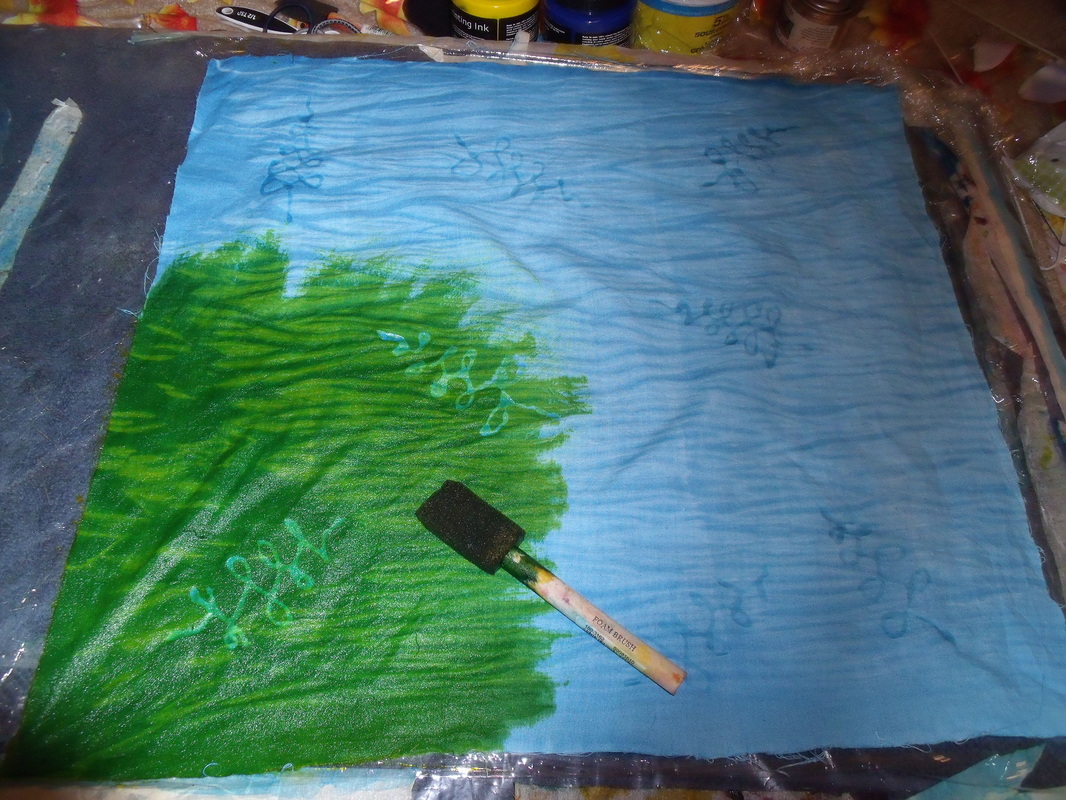

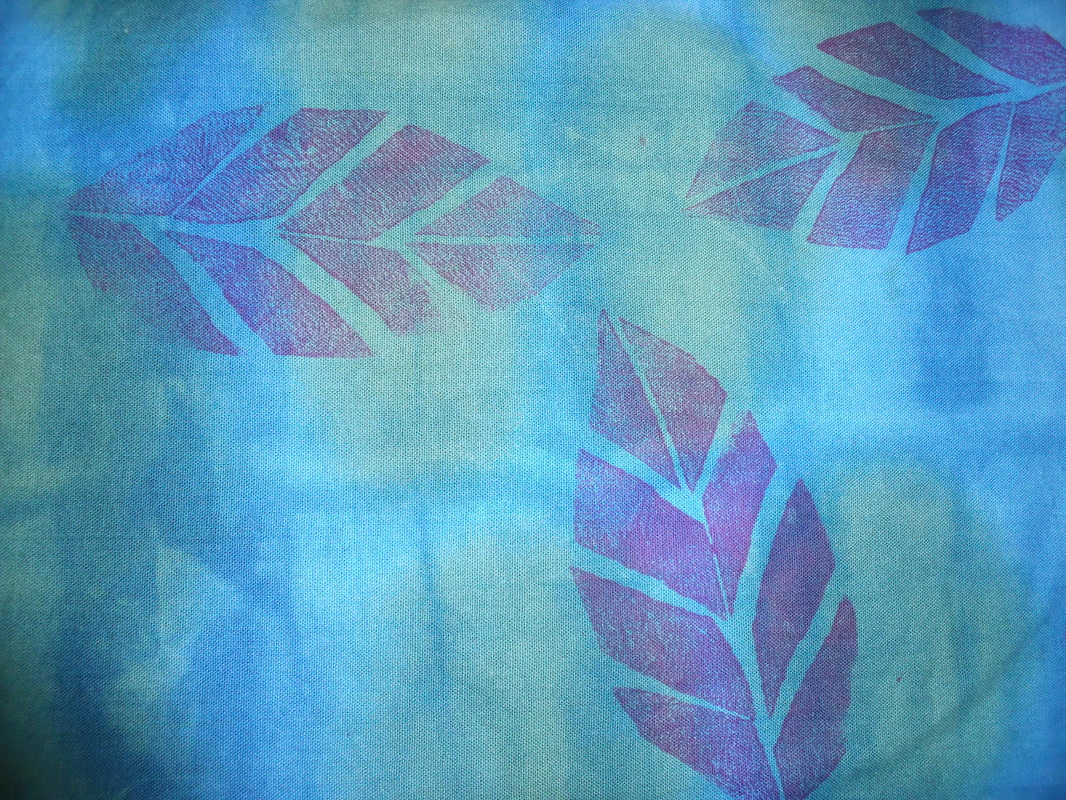
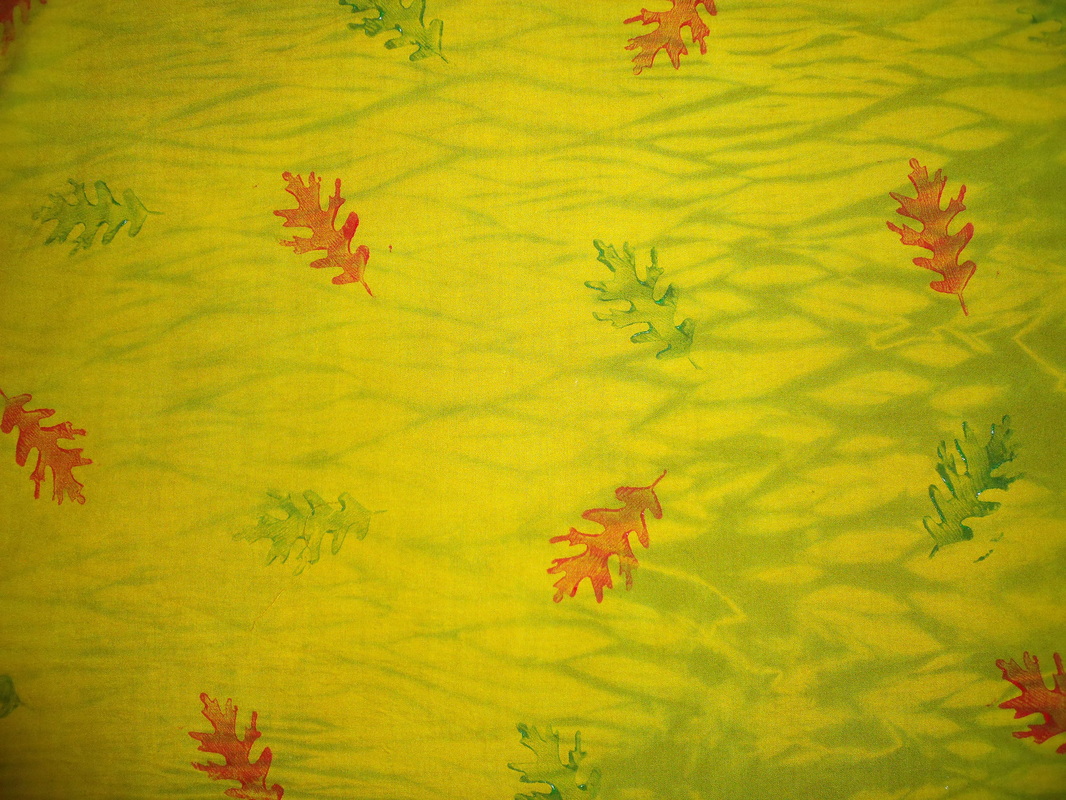

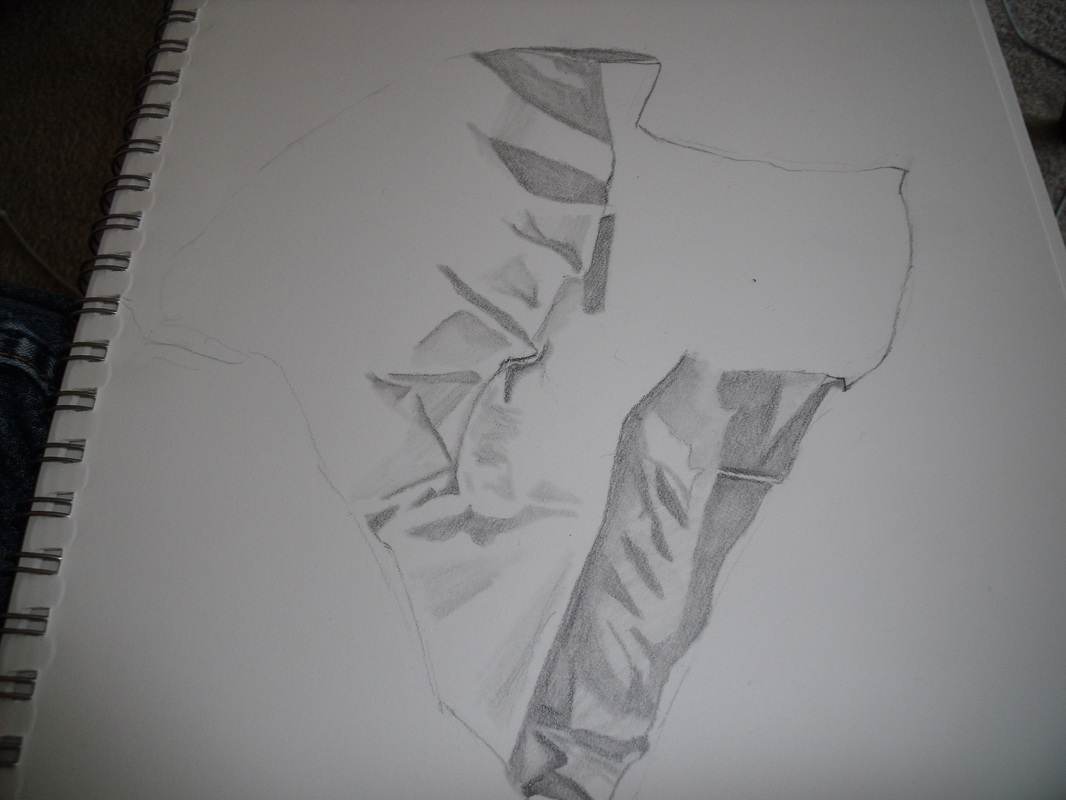
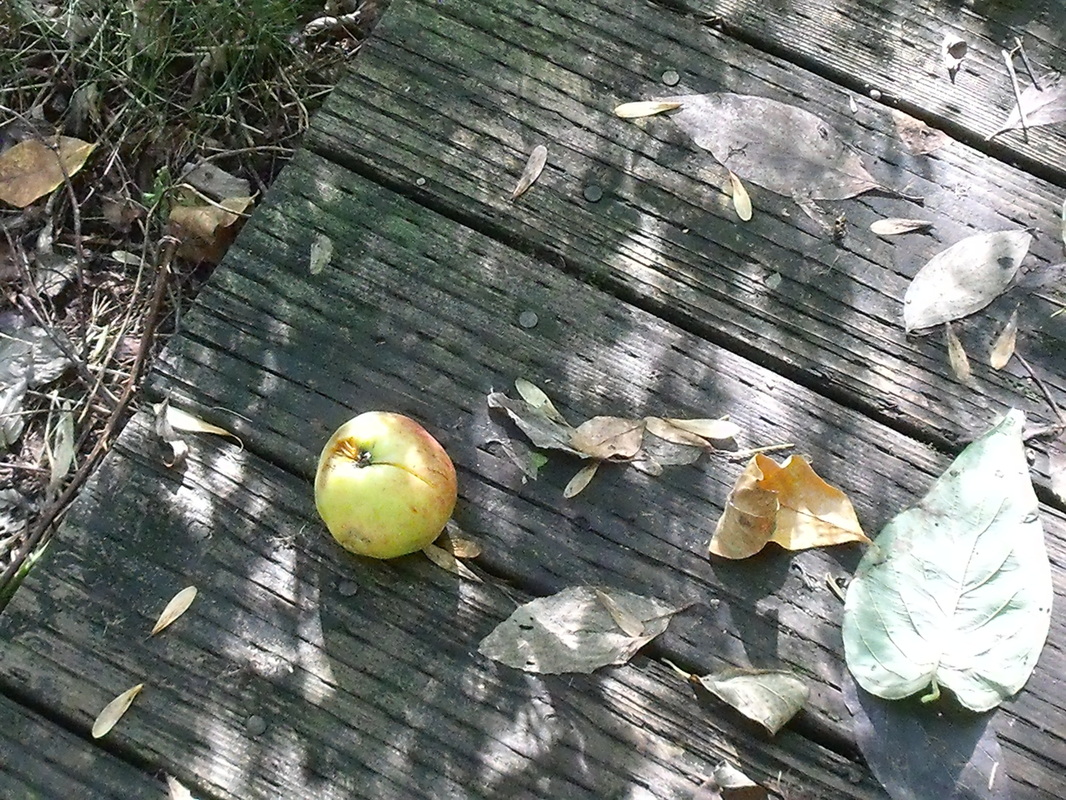

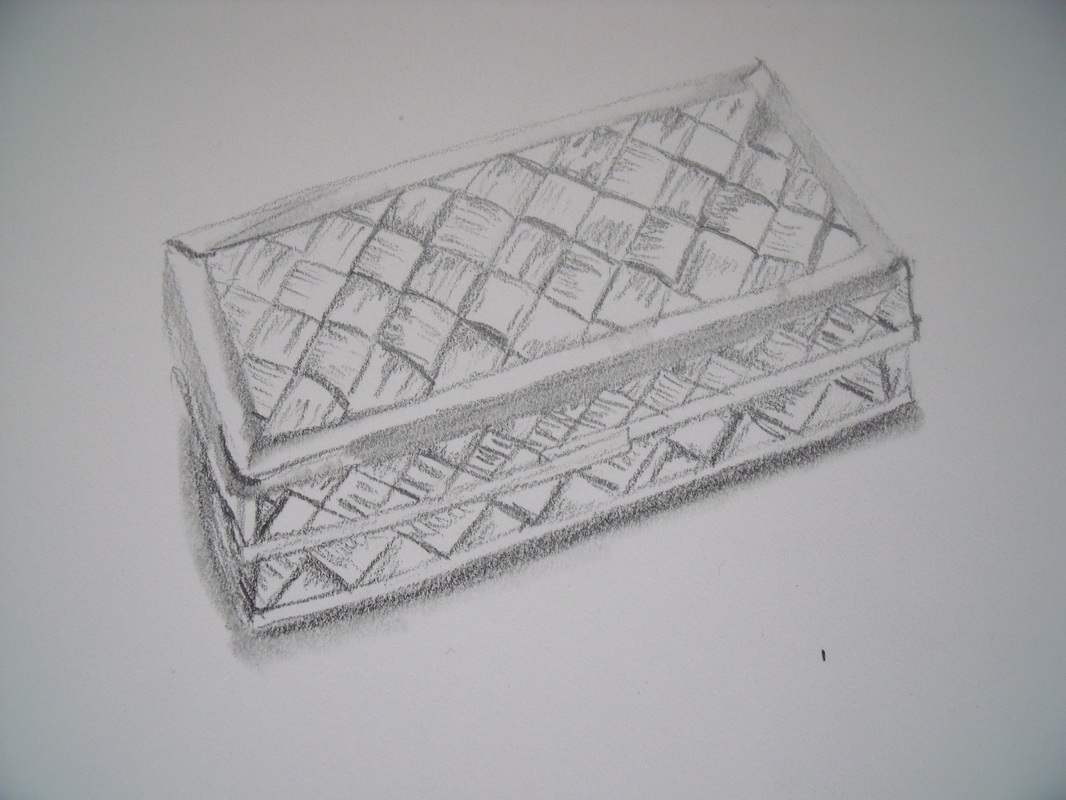
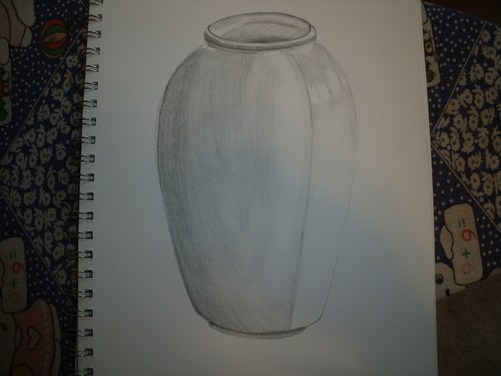


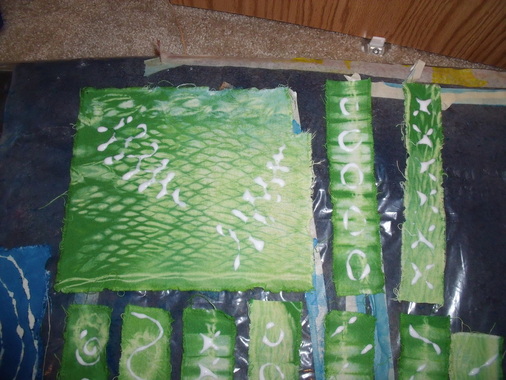



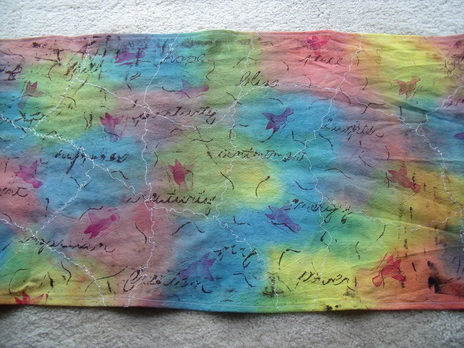
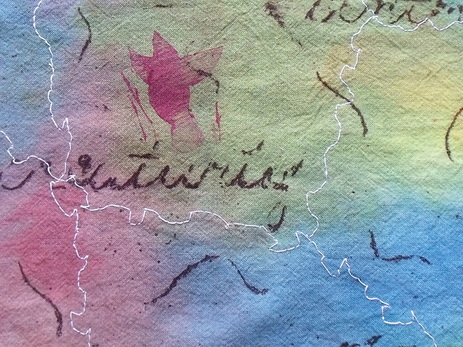

 RSS Feed
RSS Feed
